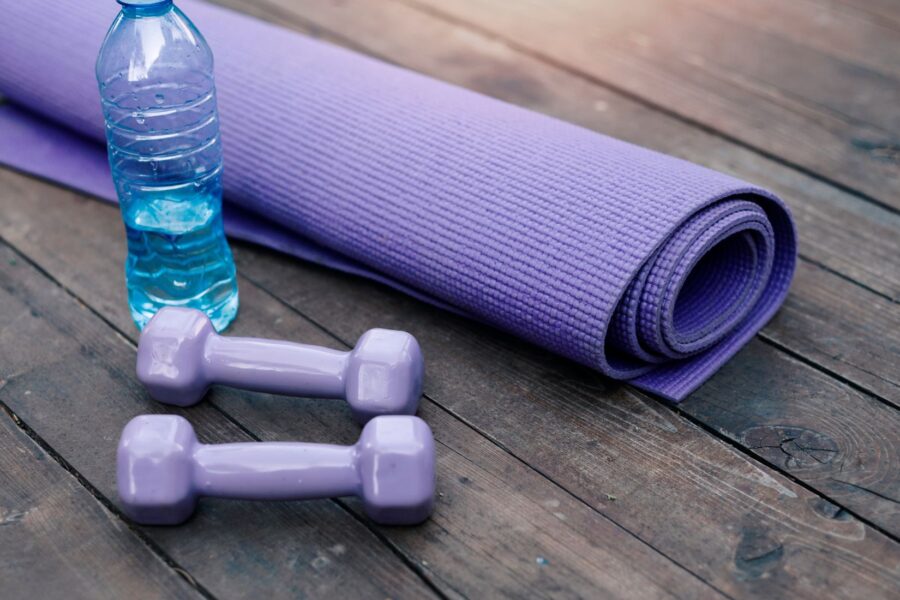5-Part Series on Stretching
Part I
The Importance Of Stretching
According to the American Council on Exercise (acefitness.org), flexibility training, or stretching, is one of the five components of fitness. Part of any good pre-game/practice/training workout program incorporates some form of stretching. But, often times, stretching takes a back seat to workouts and sports-related activities. But, stretching is important! Stretching plays a crucial role in maintaining overall physical health and well-being. It involves gently elongating the muscles and tendons to improve flexibility and range of motion. Here are some key reasons why stretching is important:
1. Increased Flexibility:
Regular stretching helps improve flexibility by lengthening the muscles and increasing their elasticity. Improved flexibility enhances athletic performance, reduces the risk of injuries, and allows for better execution of everyday movements.
2. Enhanced Range of Motion:
Stretching helps to increase the range of motion in joints, enabling them to move more freely. This is particularly beneficial for athletes and individuals involved in physical activities that require a wide range of motion, such as dancers and gymnasts.
3. Injury Prevention:
Stretching helps to prevent injuries by improving muscle flexibility and reducing muscle imbalances. When muscles are tight and inflexible, they are more susceptible to strains, sprains, and other injuries. Regular stretching helps maintain optimal muscle length and balance, reducing the risk of these injuries.
4. Improved Performance:
Stretching before physical activity prepares the body for movement by increasing blood flow to the muscles and warming them up. This helps to improve performance, agility, and reaction time. Stretching after exercise aids in the recovery process by reducing muscle soreness and promoting muscle repair.
5. Posture and Alignment:
Stretching can help improve posture and alignment by lengthening tight muscles that contribute to poor posture. It can counteract the effects of prolonged sitting or sedentary lifestyles, which often lead to muscle imbalances and postural issues.
6. Stress Relief:
Stretching has a relaxing effect on both the body and mind. It helps release tension in the muscles, relieving physical and mental stress. Incorporating stretching into a daily routine can promote a sense of calmness and overall well-being.
7. Circulation and Energy:
Stretching increases blood flow to the muscles, which improves circulation and the delivery of oxygen and nutrients to the tissues. This can help boost energy levels and reduce fatigue.
It’s important to note that stretching should be done safely and properly. It’s best to warm up the body with some light aerobic exercise before stretching and to avoid bouncing or jerking movements, which can cause injury. If you have any existing injuries or medical conditions, it’s advisable to consult with a healthcare professional or a qualified physical therapist before starting a stretching routine.
Up Next… Part II When is a good time to stretch?




Recent Comments